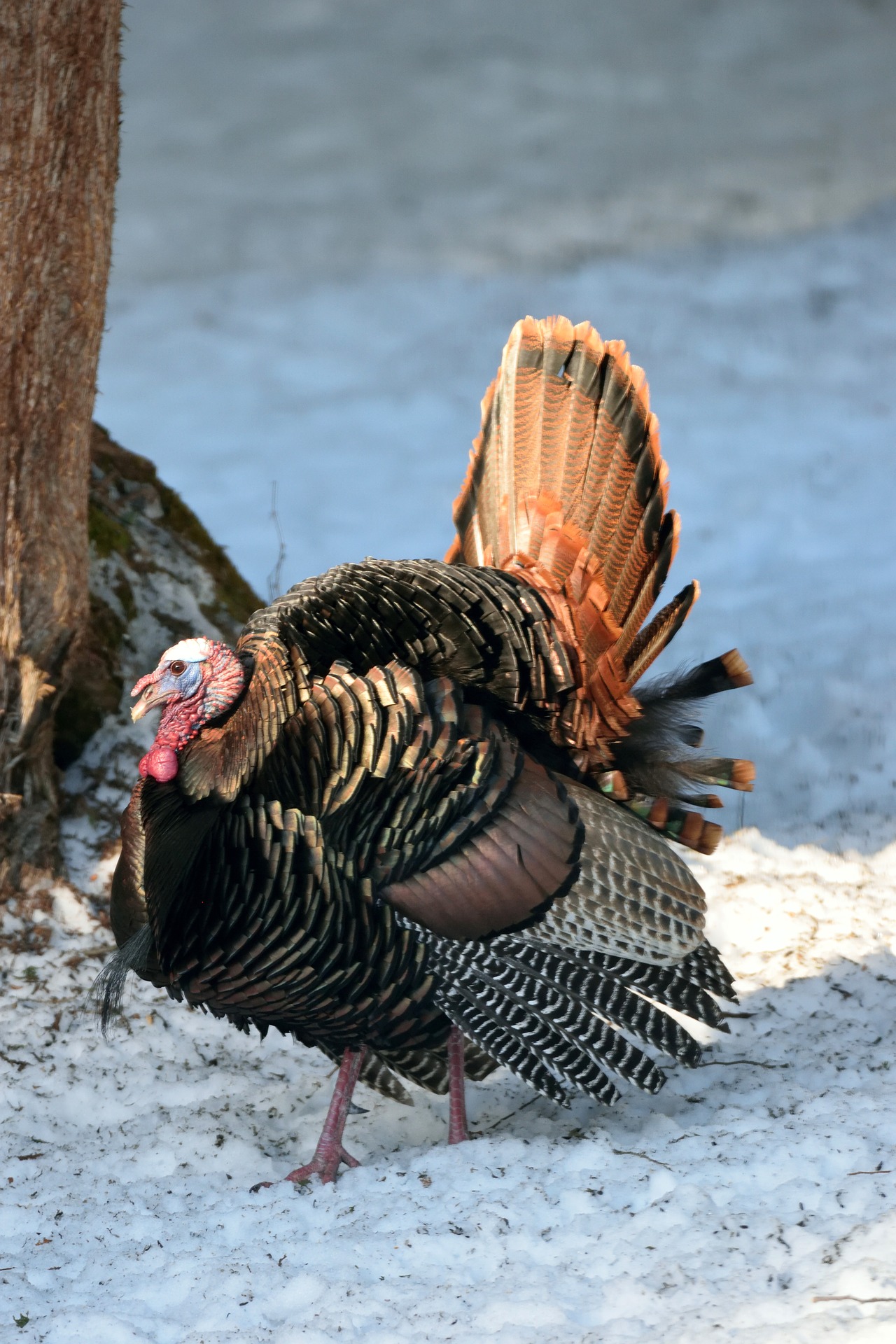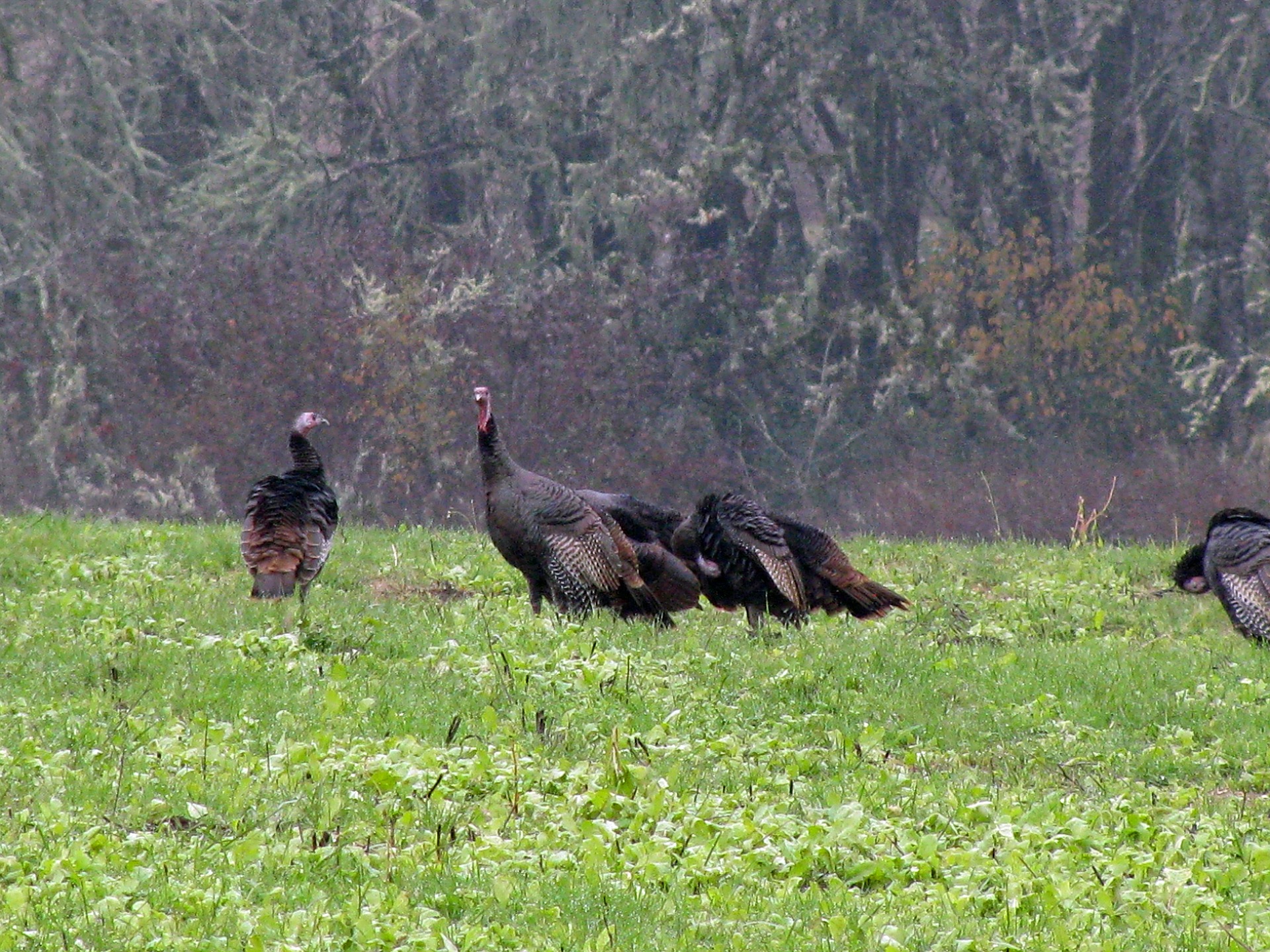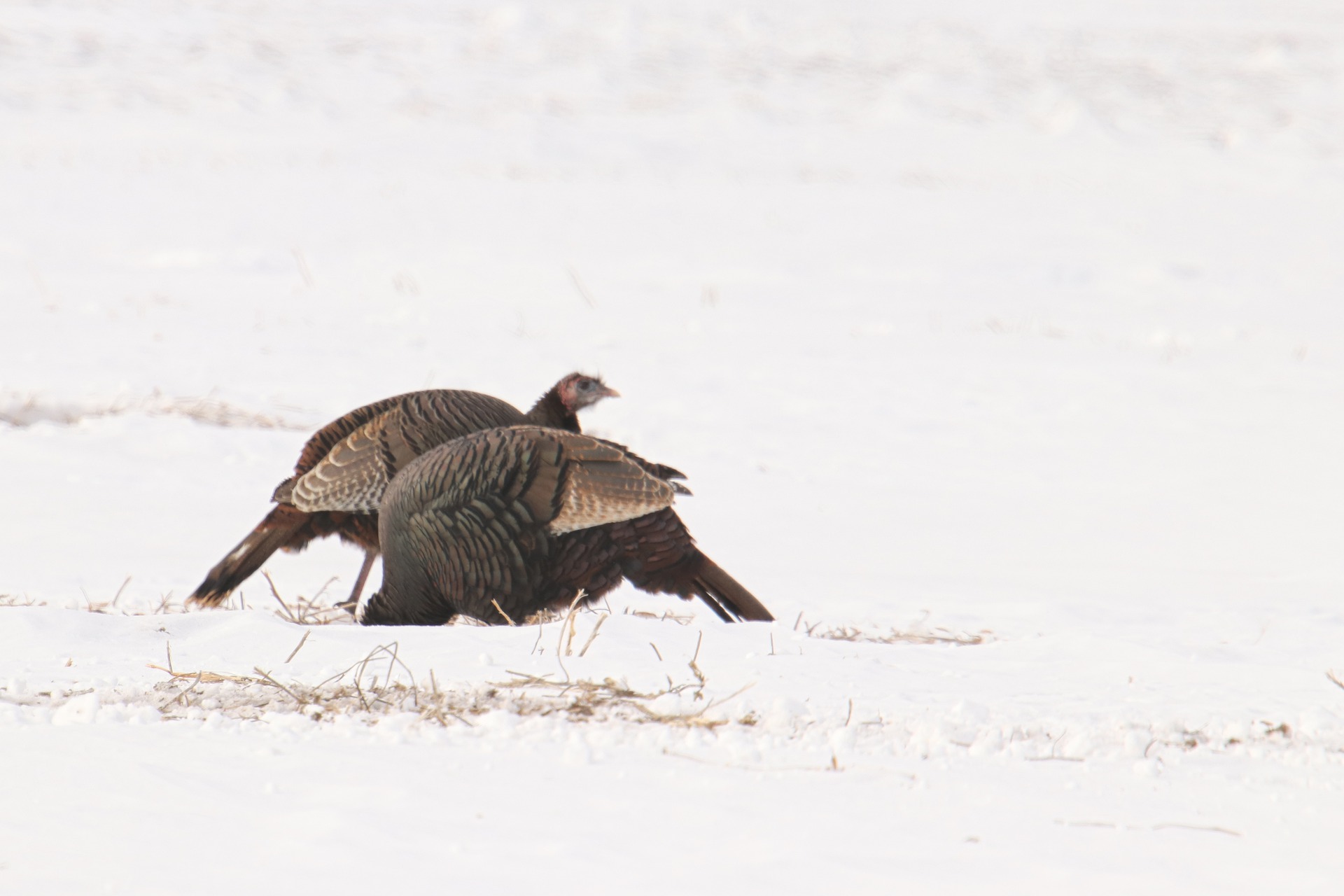Turkey Hunting Without Decoys
 Turkey Hunting Without Decoys
thegearhunt.com
Turkey Hunting Without Decoys
thegearhunt.com
One of the biggest advantages of hunting and outdoorsman-ship is the wide variety of opportunities available. Different game, different terrain, different calls…the possibilities are endless. Sometimes there are even new ways to approach an tried and true situation to add a little bit of spice to your average turkey hunt. One challenging twist on turkey hunting is doing so without a decoy. If you’re looking for a new hunt to try, here are some tips and tricks to help you.
Turkeys and their Mannerisms
A key advantage to any hunting scenario is understanding what you’re hunting, and when you’re hunting them. Turkeys are not known for being intelligent, however, they have incredible eyesight and are skittish birds. This combination makes it tricky to come close to them without spooking them. During the springtime, turkeys are much easier to predict because the toms will respond to calling.
Additionally, hens may become more competitive to other hen calls due to the springtime being the regular mating season for turkeys. It’s best to try and hunt turkeys without a decoy during this time of the year because they are much easier to locate and work with. Fall season turkey hunting is possible, however must be more strategic and can be more time-consuming.

Don’t be afraid to be a little more aggressive
The benefit to not having decoys is your setup time drastically decreases, meaning movement is easier, sometimes necessary when hunting without decoys. Decoys give you the advantage of giving any incoming birds something to focus on when you are sitting nearby with a turkey call. However, in a situation without decoys, your window of opportunity starts to shrink as the birds get closer. With turkeys being skittish birds, if they begin to hear calls without seeing a bird they will start to lose interest and even leave the area. Sometimes this means needing to chase a little bit after they’ve begun to lose interest.
Especially during a springtime hunt, where toms are looking for hens to mate with, simulating a hen on the move can be a good way to catch a tom off guard. One thing to be aware of with this method is that each chase might require a little cooldown time. After you’ve lost a situation it might be a good idea to take a break and let the turkeys “reset”, once they’ve left an area they’re not going to want to come back for a little while. They may also be completely turned off to any call you try to do in the few hours after that situation.
Use your terrain to your advantage
Turkeys have incredible eyesight and they can spot things from hundreds of yards away, but that doesn’t mean they can see around the terrain. When hunting without decoys, using terrain to your advantage can be a great way to get a tom close to you and create a shot opportunity. Imagine setting yourself up on the opposite side of a small ridge and knowing a tom is on the other side. If you’re able to call well and get the tom’s attention, you may be able to get him to come over the ridge to you while he looks for a bird.
That time where he enters new terrain looking for the source of the call can be the perfect shot opportunity. Likewise, trees and small rolling terrain can provide good cover if a turkey is moving in and out looking for the source of the call. There are plenty of different terrain options available, so don’t be afraid to get creative. If you’re able to shock gobble a turkey into revealing their location, using the terrain to close the gap can be a great way to seal the deal without a decoy.
The Shock Gobble
One great thing about turkeys is they will respond to a lot of different sounds during the springtime. It’s not uncommon to “shock gobble” toms into responding and to use this to locate them. During pre-season or early hunting times, crow calls and owl calls can shock gobble toms into responding. Shock gobbling will help you identify patterns for turkeys without making them think a competing bird is in the area. Additionally, during a hunting day, shock gobbling can help you locate these turkeys, and sneak up without causing them to move their position too much. The second you start imitating a hen or a tom, the hunt is on so think about how you are using a turkey call wisely.

Have a calling buddy (maybe even an electronic one)
Thanks to friends and modern technology, you can use a combination of terrain and multiple callers to funnel turkeys into a certain area. In a multiple caller or single caller and single shooter scenario, you can try calling a turkey in towards one person while simultaneously setting up a shooting line with another hunter. Fortunately, if your buddy is a horrible turkey caller your state may even allow electronic hunting calls which allow you to wirelessly simulate multiple pre-recorded calls to perfection and on-demand.
The best part of this technique is that it lets the turkeys focus their eyes in one area, while the hunter may be set up in another. This can give the hunter a huge surprise advantage and a more forgiving shot opportunity. After all, if you’re both the caller and the hunter, any small movement can spook a turkey sees when focusing on the direction of the sound can send them flying away. Make sure to do your research on electronic calling in your area however, not all states allow electronic calling.
Figure out the roosting periods
Just like many other types of game, the early morning and late evenings are the best times to plan a hunt. These times are almost guaranteed to provide movement and predictability for an otherwise unpredictable situation. Turkeys will be looking to leave a roost in the mornings and enter a roost during the evenings, which means they will likely have predictable paths to and from their daily routines.
This method requires some additional scouting ahead of time to learn where they keep their bedrooms but can reap rewards. During pre-dawn and dusk hours, listen to the woods and listen for wings flapping, turkeys aren’t small birds and can create quite a bit of sound when they are entering and leaving their roosting spot. Using roosting situations can be a great way to approach both springtime and fall time hunting.

In Summary
Turkey hunting is a great experience, and one of the few styles of hunting where you can actually feel like you can communicate with the animal. If you want the challenge of a hunt without decoys, utilize different calling methods, shock gobbling, terrains, and concealed movement to help you narrow the gap between you and that tom. Hunting without decoys can absolutely be done, but it might just require a little more creativity.















